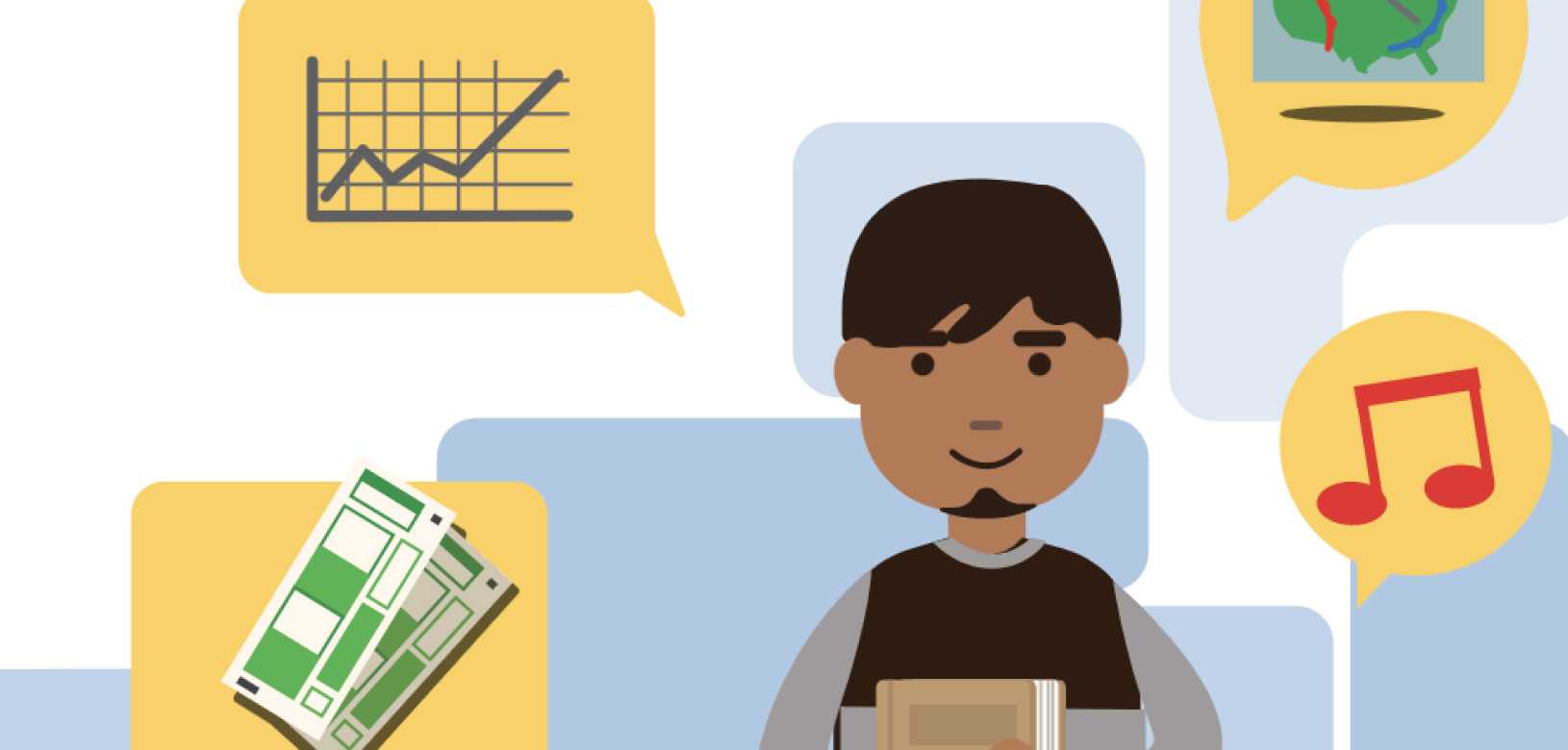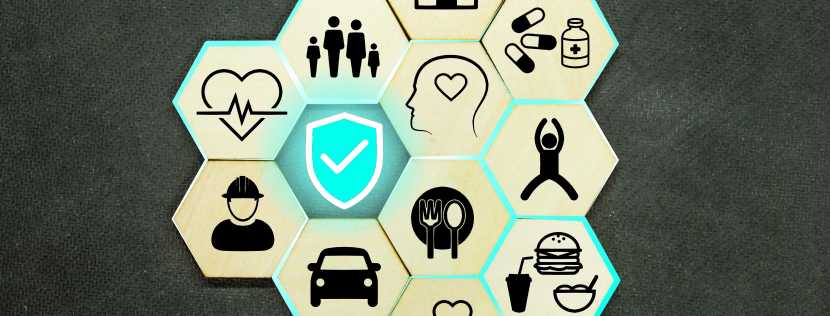
Once your students start to see how meaningful data can be conjured up from every aspect of life, their view of the world will be changed forever. Access standards-aligned resources that add essential context to timely topics while exploring data-driven innovation across all industries. These ready-to-use resources can be integrated with your SSO for easy implementation.

Data in My Day

Educator guide
Curriculum connectors
These exploratory resources provide beginner and intermediate-level activity ideas tied to a specific theme, for students in Grades 6–12. Discover real-world data sets that you can integrate into your curriculum. *For Spanish-language resources that you can assign or use to support learning, please scroll down to the editable student presentations and datasets below, or explore our student resources page.

Environmental Justice
Students will use data to gain an understanding of the effects of climate change, while also learning more about environmental justice to enable a more equitable world.
Includes data sets + editable student learning slides:
- Climate change and social vulnerability in the United States
- Vital signs of our planet
- Climate change projections and solutions
- Collecting data
- Vocabulary

Access to Health Services
Students will use data to understand ongoing barriers to global healthcare access, exacerbated by the COVID-19 pandemic, before coming up with potential solutions to address gaps in healthcare access locally and globally.
Includes data sets + editable student learning slides:
- SCORE Data, World Health Organization
- U.S. mental health data
- Correlation between life expectancy and income
- Collecting data
- Vocabulary

Social Media and Misinformation
Take a closer look at just how plugged-in people today are with social media. Students will use data to understand the power of influencers, uncover the trends of information as it spreads on social media, and brainstorm their own ideas to counteract the dangers of misinformation.
Includes data sets + editable student learning slides:
- The influence of the influencers
- The world’s top 50 social media influencers
- Correlations; susceptibility to misinformation
- Collecting data
- Vocabulary

Women & Gender Equity at 100
- Strides in female recording artists’ roles
- Soccer pros and fans take to #insta, FB and Twitter
- Bridging the gender gap
- Collecting data
- Vocabulary

Using the Census for a U.S. Snapshot
- Population comparisons and predictions
- United States population demographics
- Voting patterns across the states
- Collecting data
- Vocabulary

Understanding the Election Cycle
- Voting and viewership rates and comparisons
- Political segments at the poll
- Multimedia’s impact on politics
- Collecting data
- Vocabulary

Data During the Holidays
- Giving thanks—a holiday tradition
- Power up—video games during the holidays
- Sweet treats—exploring the candy aisle
- Collecting data
- Vocabulary

Big Data in the Big Game
- What makes a football fan
- What’s in it for me?
- Changes over time
- Collecting data
- Vocabulary

Data Gets Green
- Engineering sustainability—designing our future
- Supply and demand—economy of sustainability
- Caring matters—sustainability for the future
- Collecting data
- Vocabulary
Classroom activities
These hands-on activities are flexibly designed for any learning environment. Each activity lasts approximately 45 minutes, and is intended for use across multiple content areas for students in Grades 6–8.

Premium Products

A Winning Smile

Millennial Movement

Educator webinar
Looking for ways to adapt lessons for a virtual classroom? DISCOVER DATA….Remotely! is the latest edition in our webinar series. With overviews on how to use popular digital tools with DISCOVER DATA resources, our goal is to provide you with concrete ideas for engaging your students virtually.
Webinar highlights
- Overview the key points of FERPA (The Family Educational Rights and Privacy Act)
- Our Top 10 digital tools for using DISCOVER DATA remotely
- Making Career Connections: Virtually connecting your class with real-world data professionals

Virtually connect your class with a data expert
Show students the power of data in action by putting them face-to-face with an inspiring real-world data expert, who will lead your class through a unique digital lesson.
Share data careers with your class
Whether in place of, or in addition to connecting with a data-professional, Discover Data’s Video Career profiles serve to provide a personalized connection to careers in data. In these videos, students meet six diverse young professionals as they share the unique ways they work with data – in both their personal lives and at work.

Client Solutions Executive

